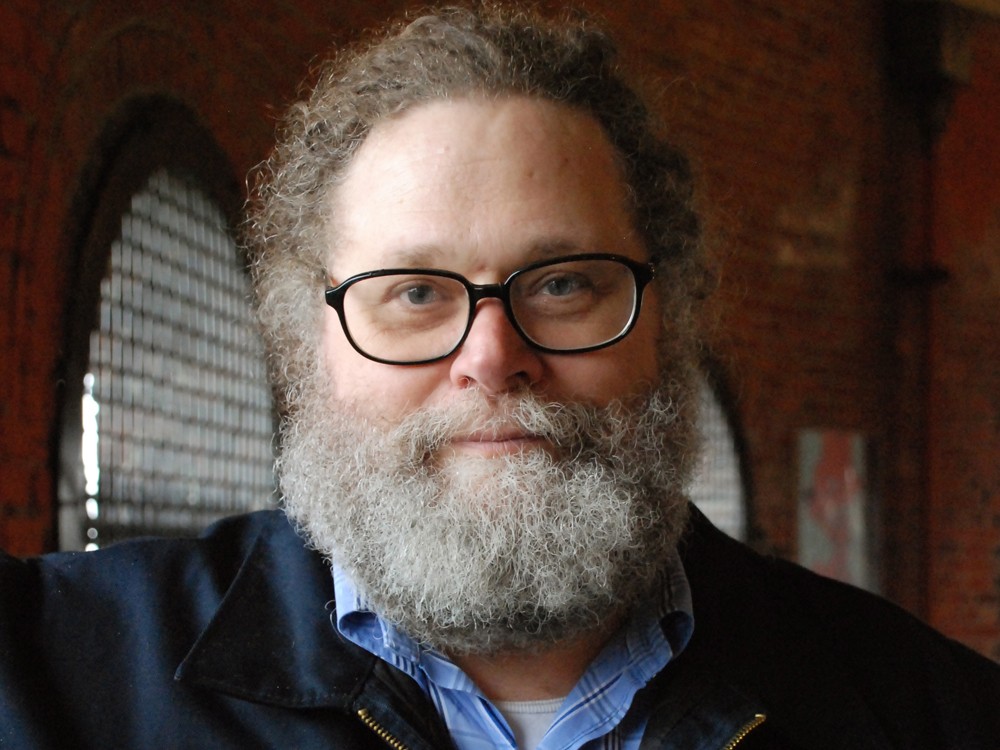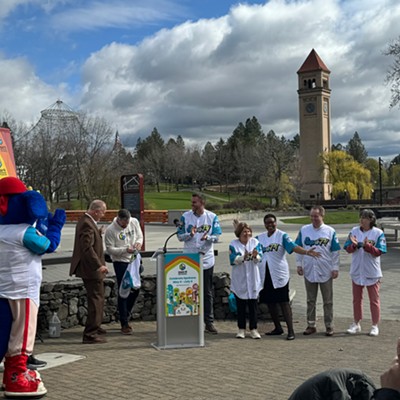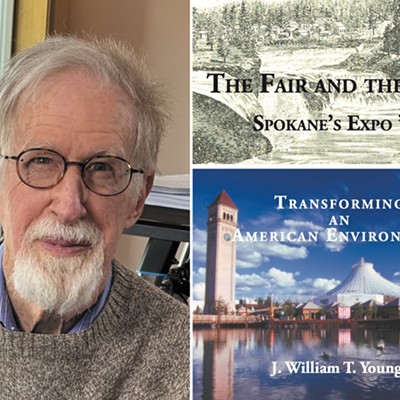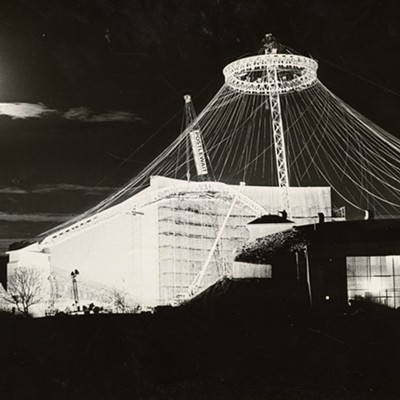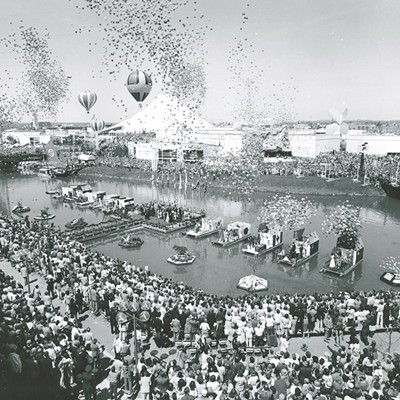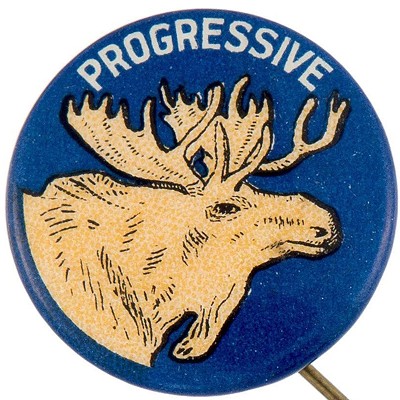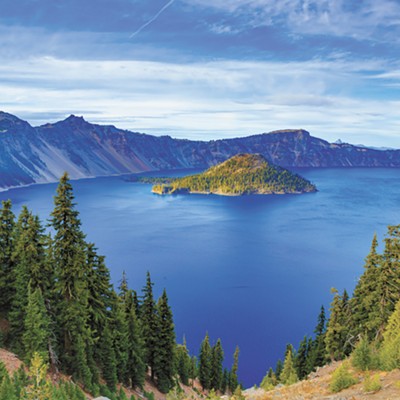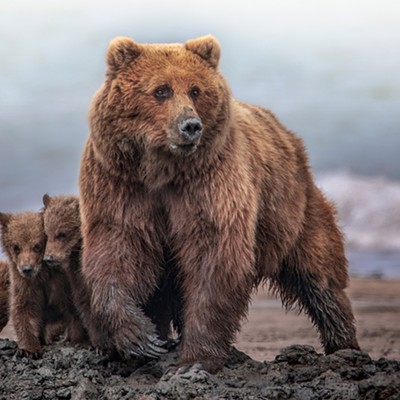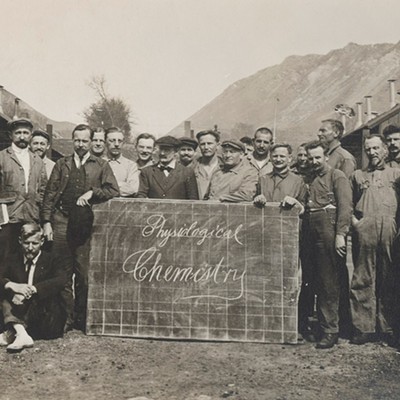Spokane recently played host to the prestigious National Preservation Conference, put on by the National Trust for Historic Preservation. Heritage advocates from all across the country, including the storm battered East Coast, made their way to the heart of the Inland Empire. It was a chance for Spokane to show off its preservation efforts and architectural legacy, which have been the keys to revitalizing its downtown.
Spokane boasts an enviable stock of wonderful buildings, such as the historic Davenport Hotel designed by local folk hero Kirtland Cutter. The hotel was closed for years and faced the wrecking ball. That it has been impressively restored is a triumph for both the city and demonstrates the possibilities in restoring city landmarks.
Attendees, more than 1,600 of them, had the opportunity to go on tours of Spokane’s wonderful Craftsman neighborhoods and taste its mid-century modern moods. (Who doesn’t enjoy the anachronistic wonder of the downtown concrete Parkade?) They also had the opportunity to go on tours farther afield to see Palouse barns, Hanford’s B Reactor, even Grand Coulee Dam, which were surely eye-opening for those who might regard Eastern Washington as little more than wheat fields and “Coug Mom” license plates, a typical Seattle stereotype.
I participated in the conference as a speaker and panelist. My panel was called “Landmarks of the Future: The Heritage, Legacy and Promise of World’s Fairs.” I presented about the 1962 Seattle World’s Fair, and my co-presenter was Bill Youngs of Eastern Washington University, who wrote one of the best books ever about a modern world’s fair, The Fair and the Falls: Spokane’s Expo 74: Transforming an American Environment. The headquarters of the conference was itself a reminder of the fair, as it was at the Spokane Convention Center, located on the former fairgrounds, which is now the beautiful Riverfront Park.
Seattleites’ brag about the legacy of the Century 21 Fair because of the massive cultural complex it left at Seattle Center. Few fairs leave such a gift, and it was intentional. The purpose of the Seattle fair was to build a civic center — it was no afterthought. Spokane acted with intention as well. Expo ’74 left an amazing legacy, with the central park along the river just one of them.
As Youngs laid out, Expo ’74 was designed to boost redevelopment of downtown Spokane, partly in response to the draining of business to the suburbs. But unlike Century 21, Spokane’s expo was focused on restoring environmental damage to the Spokane River and falls, which are in the middle of the city.
Photographs show that 19th and early 20th century development had overwhelmed the river, first with mills then with railroads trestles and bridges. The falls became nearly invisible. There was even a proposal to pave over the river to create a parking lot.
The falls, of course, are why Spokane came to be: an important gathering place for Native Americans, attractive to early settlers looking to generate power for mills and factories. Early on, it was a scenic wonder. In the 1870s, Youngs told us, some travelers compared it to the wonder of Yellowstone’s falls.
It was this resurfacing of the city’s scenic soul — the city’s raison d’etre — that was one of the biggest gifts of Expo ’74. One can walk or jog along the river today, enjoy its green spaces, its skyride over the falls, hear the rumble of the water and the cries of water birds. The park creation and river restoration showed that an improved environment could encourage development that could successfully withstand the pull of sprawl and malls.
Spokanites are generally aware of this legacy; the rest of the world is not. But it is an important lesson about how the future and the past are not in conflict. Expo ’74 was the first environmentally themed world’s fair, and it featured novel things like recycling. The difference between Seattle in 1962 and Spokane in 1974 is the difference between a future envisioned as having unlimited resources and a subtext of disdaining the past, to one of coping with potentially limited resources and embracing our heritage. Expo ’74 would have embraced the challenges of, say, global warming, while Seattle’s fair imagined new cars with their own individual nuclear reactors.
The rediscovery of the Expo ’74 legacy is ripe because of its 40th anniversary in 2014. The Spokane fair reached beyond Washington state in pioneering environmental themes and consciousness, which became de rigeur at world’s fairs held over the last four decades. Expos and green technologies are almost inseparable now.
Fairs have died out in North America, and one reason, I believe, is the driving force for many of them after World War II was Cold War propaganda. That was the driver for government investment, and that was the reason to bolster attitudes on the home front about the power of capitalism, science and technology. It was countering Sputnik and our government’s determination to win the hearts and minds of the world in an ideological struggle.
All that, oddly enough, was what enabled cities like Spokane and Seattle to benefit and reboot. ♦
Knute “Skip” Berger is the author of Space Needle: The Spirit of Seattle and is a contributor to Crosscut.com, where a version of this column first appeared.

